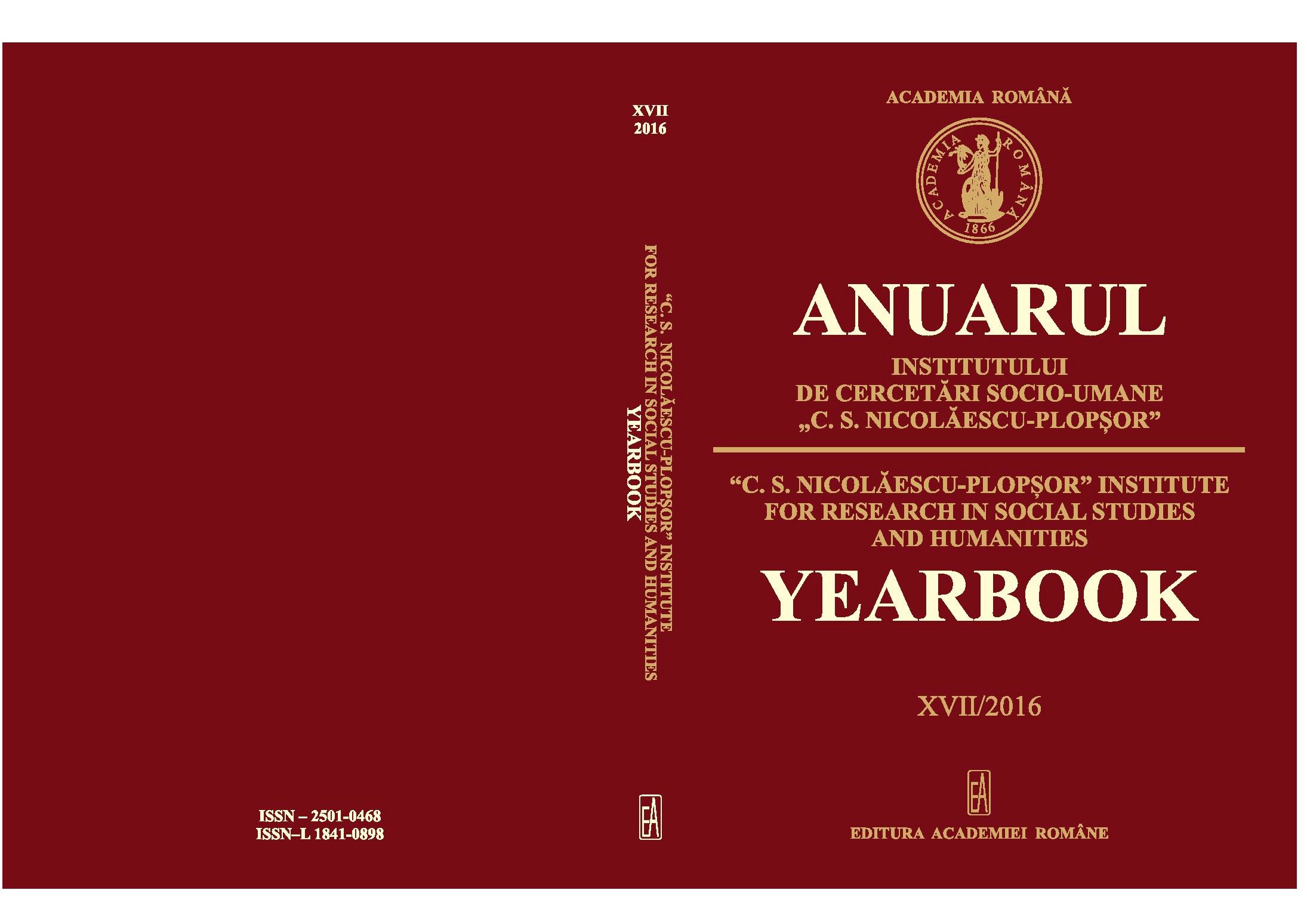Modalities to Exploit the Estates Owned by Strehaia Monastery
Modalities to Exploit the Estates Owned by Strehaia Monastery
Author(s): Ileana CioarecSubject(s): History
Published by: Editura Academiei Române
Keywords: Strehaia Monastery; the corvee; the estates; Caragea’s Law;Organic Regulation;
Summary/Abstract: A monastery from the region of Oltenia, founded by the family Craiovescu, who embellished and endowed it with estates, the monastery of Strehaia, represents an important Romanian religious and cultural objective. Since its construction, it received numerous estates from its founders. To these donations, there were also added the buying of other estates, done by the Father Superiors of the monastery, along the time. In order to exploit the vast landed domain that the monastery owned, there were used the socmen, who were living on the estate. The relations on addressing the services, between them and the monastery, were evidenced by the juridical regulations from the end of the 18th century, and the first half of the19th century. The socmen were obliged to do the corvee and to sharecrop, as they had been stipulated in Caragea’s Law and the Organic Regulation. The corvee days that they had to do and the crops that they had to share, from each product that they were obtaining, were different from one estate, to the other. For the socmen from the estate of Strehaia, the Organic Regulations did not bring new obligations. They had to work for as many corvee hours as before, as it had been established in Caragea’s Law, and if they could not perform their duties, they had to pay with money (12 thalers). Besides the corvee days, the socmen had to give the monastery a cart of logs. If they did not have the necessary means for transporting the logs, they would have to pay three lei. The socmen from this estate had to share the crops with the monastery, all the products that they had obtained after the cultivation of land. The socmen from Brezniţa-Motru estate had to do the number of corvee days, which had been established in Caragea’s Law and the Organic Regulation. In conclusion, we can assert that, along the entire period of the Organic Regulations, the monastery of Strehaia, for a better exploitation of the vast landed domain that it owned, resorted to the lease-holding system. On these estates, the manpower was provided by socmen, permanently dissatisfied with the severe labour conditions and the taxes that they had to face.
Journal: Anuarul Institutului de Cercetări Socio-Umane „C.S. Nicolăescu-Plopșor”
- Issue Year: 2015
- Issue No: XVI
- Page Range: 85-92
- Page Count: 8
- Language: English

